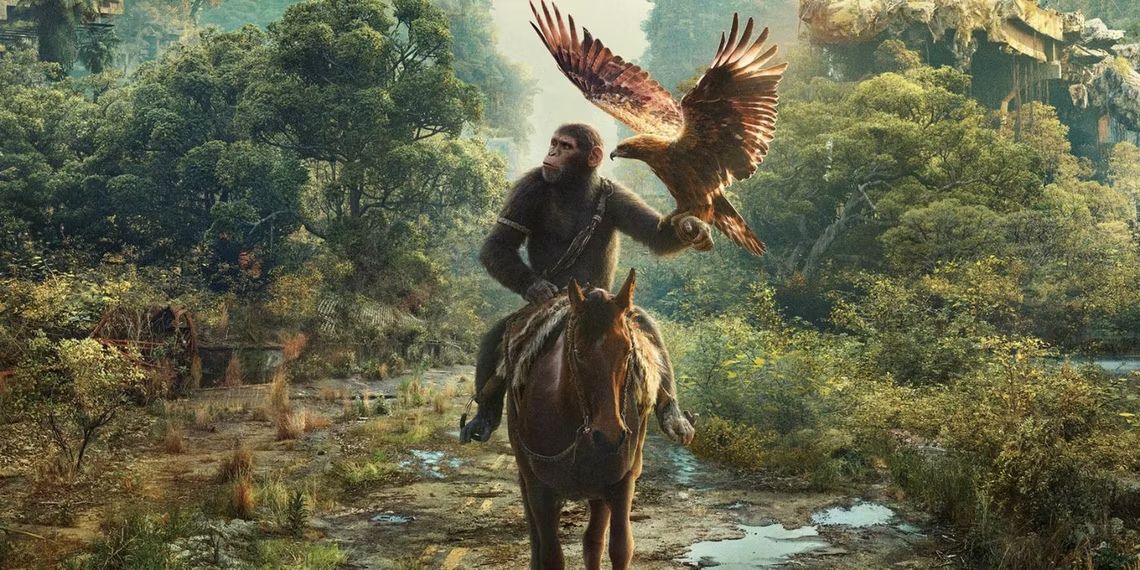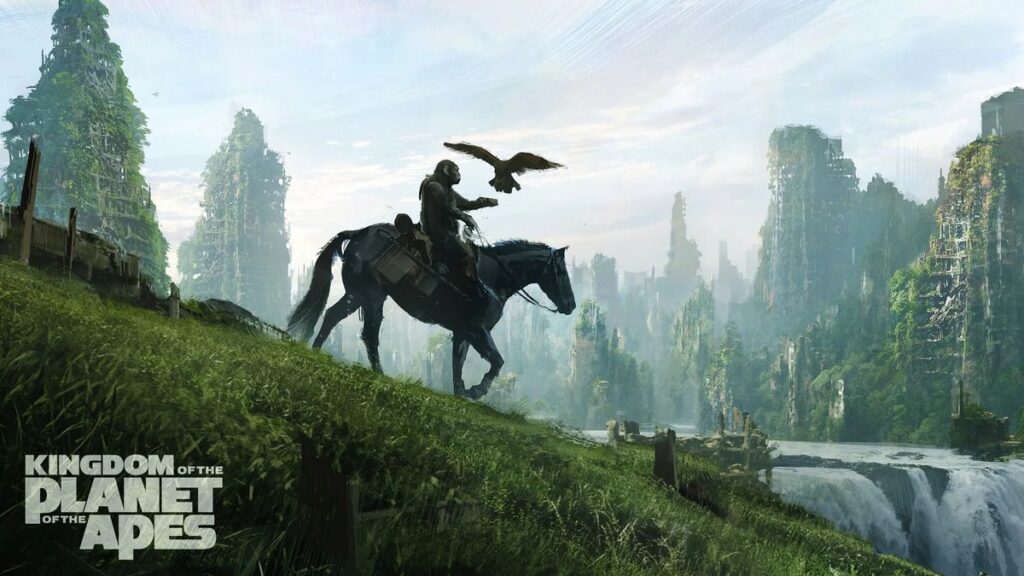Spoiler warnings have become a polite way to signal to the internet that you’re about to discuss some aspect of a movie they might prefer not to know before seeing the film. People online have argued endlessly about what constitutes a spoiler and what needs a warning. But the question gets more complicated when a studio’s marketing for a movie is handing out the spoilers.
It happens surprisingly often. Trailers are designed as sizzle reels, and trailers for action- or effects-oriented movies in particular frequently include footage from the finale, to sell a film around its biggest, splashiest moments. Marketers often think of a movie’s big twist as a similarly splashy draw: Recently, all the trailers and even the poster for the horror movie Abigail gave away a reveal the movie had clearly designed as a major narrative twist. Looking further back, marketers for James Cameron’s Terminator 2: Judgment Day were so eager to showcase Arnold Schwarzenegger’s role that they built an entire marketing campaign around what Cameron clearly intended as a huge mid-movie surprise.
The marketing for Kingdom of the Planet of the Apes doesn’t feel as overtly spoilery as those examples, until you actually watch the movie. But in pursuit of a poster-worthy image, the movie’s marketing team hugely undermined what director Wes Ball and his writers were trying to do with the film’s story.
[Ed. note: Spoilers for Kingdom of the Planet of the Apes ahead — or at least, context that’ll make it clearer how you’ve probably already been exposed to the spoiler.]
Image: Walt Disney Studios Motion Pictures
Kingdom of the Planet of the Apes opens with the funeral of Caesar, the chimpanzee at the center of the ape revolution that started in 2011’s Apes series reboot Rise of the Planet of the Apes. Then the action jumps forward “many generations” (300 years, according to 20th Century Studios), to an era when humanity is scattered and sparse, former human cities have become lush jungles, and clans of apes live in distinct communities. The protagonist, Noa (Owen Teague), and his close friends Soona (Lydia Peckham) and Anaya (Travis Jeffery), belong to the Eagle Clan, a tribe of apes whose small society revolves around the raptors they raise, train, and bond with.
Noa, Soona, and Anaya start the movie by trying to gather eagle eggs for an upcoming ceremony where they’ll get their own bonded birds. But after disaster hits, Noa ends up separated from the others, and traveling with Sun, the eagle belonging to Noa’s father, Koro. Noa previously had a strained, yearning relationship with both Koro and Sun. He believes Sun is traveling with him only to mock and judge him for his perceived failings.
Repeatedly throughout the film, Noa either attempts to interact with Sun, with violent results, or vocally rejects Sun’s presence, out of guilt and shame. Noa literally spends the entire movie trying to engage positively with this giant eagle, whose approval represents Koro’s approval and his legacy. It’s clear Noa associates his assumption of manhood and his place in the tribe with his attempts to bond with his father’s raptor. Their connection is the center of Noa’s entire character arc, and it ties intimately into the film’s climactic action scene.
And yet we saw how that arc ended 30 seconds into the very first teaser for Kingdom of the Planet of the Apes, released a full six months before the movie.

Image: Walt Disney Studios Motion Pictures
Sun alighting on Noa’s arm is the iconic image at the center of Kingdom’s marketing. It’s on the character posters, the movie posters, and the concept art. It’s in the full trailers, on the T-shirts, heck, even on pint glasses and on the AMC exclusive popcorn tin. There’s no way you’re going to miss it, if you’ve been paying any attention to this movie at all. Their bond has been a selling point for the movie since the very beginning. And that’s unfathomable once you start watching the movie, and seeing how much weight the story puts on the question of whether they can ever connect.
The odd thing about this particular spoiler is that it doesn’t read as one when you’re looking at the poster or watching a trailer. It just reads as a world-building detail: This particular band of apes engages in falconry with eagles, as certain human tribes have in the past. It’s a mildly interesting reflection of how one post-humanity species has taken up some of humanity’s habits, while purposefully dropping others.
But by half an hour into the movie, it becomes clear that Ball and the writers expected the audience to emotionally invest in the drama around Noa and Sun’s relationship, and in Noa’s hurt and confusion about whether Sun will ever accept him. For those of us who watch trailers or look at movie posters, that question was answered six months ago.
Did we know all along that these two crazy kids would finally get back together? Of course. This is a four-quadrant action blockbuster, after all, and it’s designed to let the audience walk away with a sense of triumph and catharsis. There was no version of the world where the hero of this movie never gets a payoff to his journey, never completes his arc, and never finds fulfillment in the wake of all his losses and changes. We certainly all could have anticipated that eventually, Noa and Sun would make peace.

Image: Walt Disney Studios Motion Pictures
If they were even in conflict in the first place. A mildly sad aspect of this entire arc is that Noa clearly thinks Koro finds him disappointing and looks down on him, but nothing in Koro’s behavior suggests that’s true. He seems to authentically love his son and want him to be happy. Koro isn’t a bully or a distanced, domineering ape, he’s just a clan elder with a lot of other youngsters and eagles to look out for. Their disconnect appears to be entirely in Noa’s head.
His troubles with Sun seem similarly to come from shame and self-doubt rather than reality: It seems clear from the beginning that Sun shares Noa’s grief, that Sun leads the chimp to his lost tribe, and keeps trying to approach him for comfort and connection. But Noa’s fear, uncertainty, and anger are barriers to their relationship. They can’t bond until Noa lets go of some of those doubts and reaches out confidently to take up his father’s legacy.
All of which should be a triumphant moment, and the payoff to an emotional, satisfying arc. If only we hadn’t had the end of this story trumpeted on every poster and promo image — long before we even knew what the story was.

